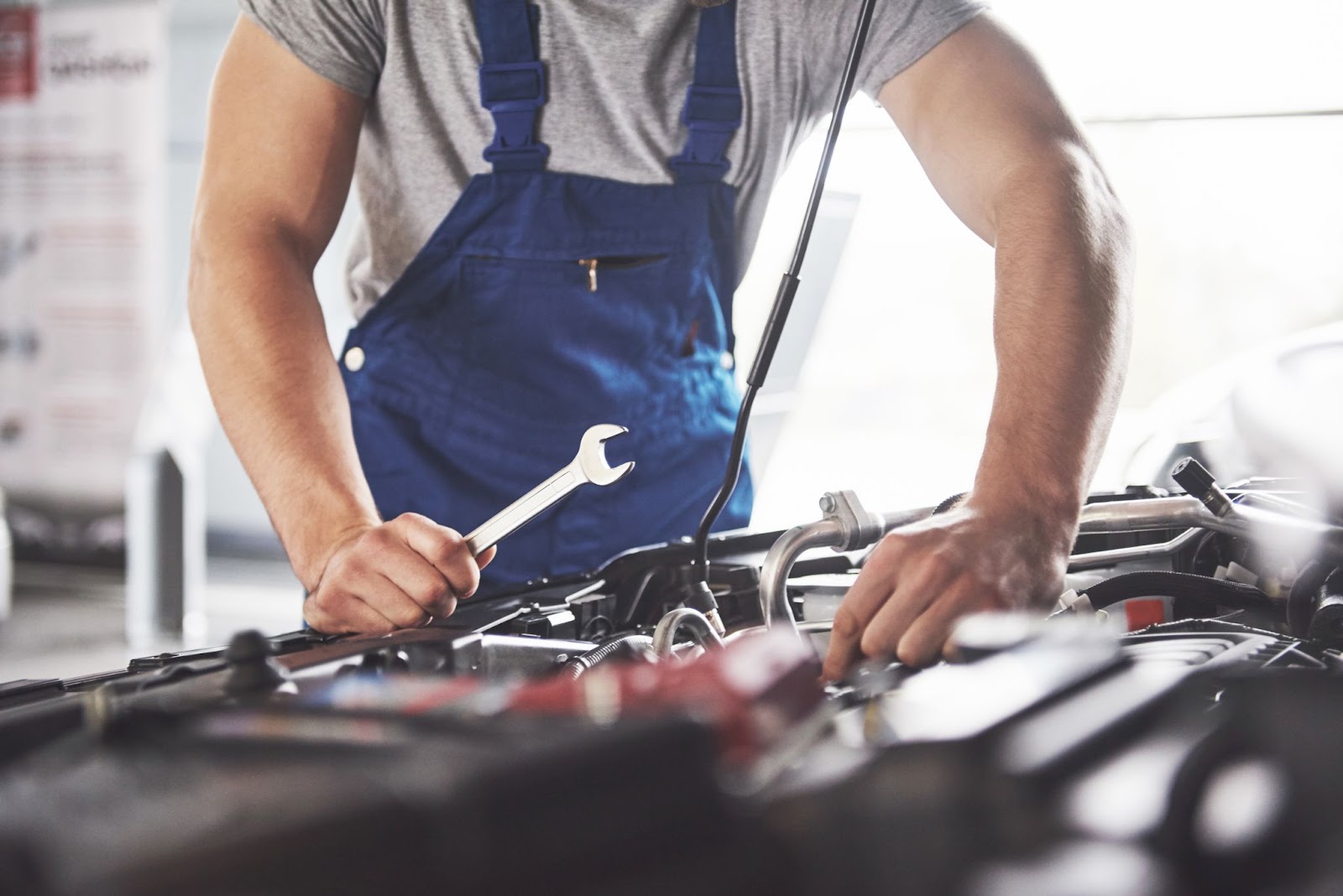What is DPF Cleaning?

The diesel particulate filter (DPF) is an essential component of modern diesel engines. Its main function is to trap soot and other particles from the engine’s exhaust system, preventing harmful emissions from entering the atmosphere. DPFs have been incorporated into diesel vehicles for many years, yet many drivers are unaware that they are installed in their vehicles or understand their purpose.
Over time, particles accumulate and can clog the filter, leading to decreased engine performance and increased fuel consumption. Regular cleaning of the DPF is crucial to maintain engine efficiency and avoid costly repairs.
Some diesel particulate filters can clean themselves periodically through regeneration. However, for the DPF cleaning process to occur naturally, the engine must reach a certain temperature. Even so, this is not enough—after a certain period, you will need to consult professionals to perform a deep cleaning of the DPF.
DPF Cleaning Frequency
Several factors determine how often the DPF should be cleaned. The most important factors are the type of vehicle, driving style, and driving conditions.
On average, the regeneration of the particulate filter occurs every 400 to 800 kilometers. However, this range can vary significantly depending on individual circumstances. If the vehicle is primarily driven in urban areas with heavy traffic, the filter may clog more quickly and require more frequent regeneration.
At the professional service level, it is recommended to perform maintenance starting at 80,000 kilometers. While this maintenance interval can be extended somewhat depending on the brand and model of the vehicle, it is not advisable to exceed 120,000 kilometers before scheduling a cleaning.
Factors Affecting DPF Cleaning Frequency

Type of Vehicle
The cleaning frequency of the DPF depends on the type of vehicle you own. For example, DPF cleaning for trucks requires a higher frequency than for passenger vehicles. Commercial vehicles, such as trucks and buses, typically cover more miles, requiring more regular maintenance.
Driving Style
If you frequently drive in stop-and-go traffic or make short trips, the DPF may need to be cleaned more often. The engine may not have enough time to reach the optimal temperature to burn off the accumulated soot and particles.
Driving Conditions
Frequent driving on dusty or unpaved roads, or in areas with high levels of air pollution, can clog the DPF more quickly, requiring more frequent cleaning.
How to Clean the DPF
As mentioned, DPFs periodically clean themselves through fuel injections that raise the internal temperature and eliminate the solid particles lodged in the exhaust system. These regeneration cycles can be either passive or active:
Passive Regeneration
This method involves driving the vehicle at high speeds for at least 45 minutes to burn off the accumulated soot and particles. The temperature rises enough to gradually convert the soot into gases like carbon dioxide (CO₂) and water vapor.
Active Regeneration
This method increases the exhaust gas temperature through the engine management system to burn off accumulated soot. The engine control unit (ECU) adjusts fuel injection to raise the exhaust gas temperature above 580ºC, evaporating the soot and converting it into CO₂.
Forced Regeneration
Performed while the vehicle is stationary, this method uses diagnostic tools to clean the DPF manually, extending its lifespan.
DPF Cleaning Methods

Chemical Method
DPF cleaning chemicals are added to the fuel tank to loosen soot and dislodge it from the filter walls.
Ultrasonic Method
Using an ultrasonic cleaner, the filter is immersed for several hours, softening and dislodging solid particles. However, this method is not entirely efficient.
DPF Cleaning Machines
Among the safest and most effective methods, DPF cleaning machines use controlled pressure and temperature to eliminate clogging and ensure a thorough cleaning.
Why Are DPF Cleaning Services Necessary?
Accumulated ash can block the filter, creating excessive backpressure in the system. This blockage can make acceleration difficult, increase fuel consumption, and cause the engine to overheat. If ignored, it may eventually lead to filter damage.
The DPF is an essential component of modern diesel engines, and periodic cleaning is crucial for maintaining engine efficiency and avoiding costly repairs. Don’t let a clogged DPF impact your vehicle’s performance.
If you have any doubts—even while on the road—stop at a truck service center and consult a professional. With proper maintenance, your vehicle will enjoy a longer service life, and the risk of a filter-related breakdown will be significantly reduced.
